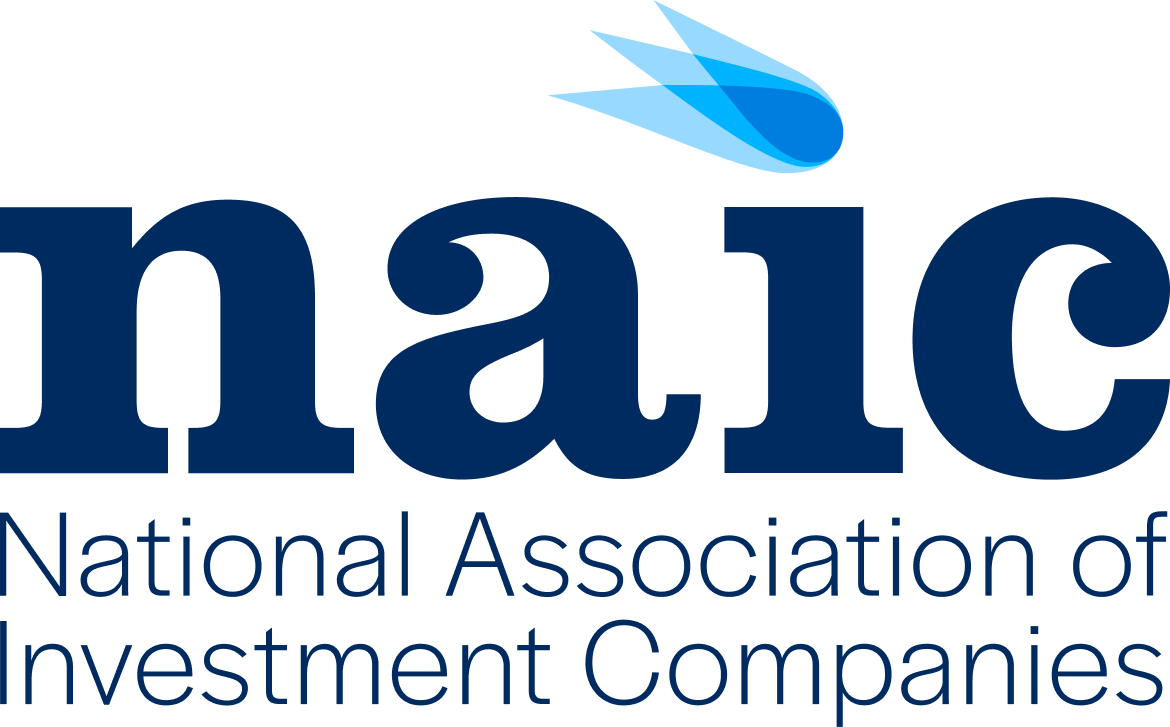
The U.S. real estate market is undergoing a sharp recalibration, driven by rising interest rates, shifting demographics, and evolving tenant demands. Investors are balancing significant challenges with emerging opportunities.
According to the National Association of Realtors’ Commercial Real Estate Market Insights Report (June 2025), the office sector remains under pressure, with net absorption in negative territory and the national vacancy rate at 14.1%. Class A properties posted modest positive absorption but still hit a 20.5% vacancy rate, while Class B and C offices saw mixed performance. Net absorption, a key measure of market demand, tracks the change in occupied space over a given period, with positive absorption indicating more space leased than vacated and negative absorption signaling the opposite.
Multifamily assets are stabilizing, with net absorption up 19% year-over-year and completions down 9%, even as vacancy edges to 8.1%. Retail absorption has turned negative, though general retail remains resilient. Industrial real estate, a pandemic-era favorite, is cooling, with net absorption down 48% year-over-year.
In this climate, adaptability is a competitive advantage. NAIC real estate member firms share core strengths: diversification across property types, resilient capital structures, and agility to pivot toward value-add, redevelopment, and niche segments such as senior living, workforce housing, and last-mile logistics. This strategic versatility—combined with deep local expertise—positions them to weather volatility and capitalize on long-term demographic and economic trends.
We recently talked to three veteran investors and asked them to share their insights on the current market, where they’re finding opportunities, and their outlook for 2026. James Simmons, CEO & Founding Partner of Asland Capital Partners, is helping limited partners address underperforming assets, taking over management or restructuring deals to unlock value. Eric Samek, Founder & Managing Director of Brasa Capital Management, is targeting distressed opportunities, leveraging two decades of market expertise to focus on high-growth regions while avoiding troubled sectors like office properties. Jerome Nichols, President of Standard Real Estate Investments, is tracking a rebound in industrial leasing following a post-Liberation Day chill and renewed multifamily interest, positioning his firm to act quickly where fundamentals are strongest.
Opportunistic Strategies in a Shifting Market
For Simmons, today’s real estate climate can be summed up with one word: complicated. With more than 25 years of experience revitalizing under-invested multifamily, mixed-use, and retail assets, Simmons has seen his share of market cycles. However, despite the current mix of economic uncertainty, elevated interest rates, and global instability, which has made many investors hesitant, there remain opportunities to be exploited.
Still, Simmons views uncertainty as fertile ground for opportunity.

“The more astute investors know that times of dislocation are when you make outsized returns.”
– James Simmons, CEO & Founder, Asland Capital Partners
Asland remains committed to acquiring and repositioning under-managed properties in high-potential submarkets, from New York and Boston to Los Angeles and Atlanta. Through strategic rehabilitation and community-focused investment, the firm continues to unlock value despite broader headwinds. For Simmons, disciplined execution during turbulent times is not just a defensive strategy—it’s the foundation for long-term success.
The U.S. commercial real estate market remains in flux, shaped by rising interest rates, global supply chain issues, and investor uncertainty. Samek says these dynamics have reshaped how the firm deploys capital. “A lot has changed,” he reflects, pointing to COVID and the 2022 rate hikes as key turning points. “Higher interest expense has made deals tougher, and that’s forced us to think differently about how and where we invest.” Trade disruptions and increased costs of materials like steel have also pressured the industrial sector, adding to the complexity of executing deals.
Based in Los Angeles, Brasa Capital targets middle-market commercial real estate across the Western U.S. and Texas. Despite macroeconomic concerns, Samek sees bright spots—particularly in distressed and opportunistic investing. “You don’t see massive portfolios, but buying individual distressed loans has become more active,” he says. While fundamentals remain sound, higher rates are straining capital structures, creating inefficiencies that Samek believes Brasa is well-positioned to exploit.
“We’re either developing, fixing, leasing, or renovating—those are the tools we use to offset the impact of rising rates.”
– Eric Samek, Founder and Managing Director, Brasa Capital Management


“We’re either developing, fixing, leasing, or renovating—those are the tools we use to offset the impact of rising rates.”
– Eric Samek, Founder and Managing Director, Brasa Capital Management
Brasa continues to avoid office real estate, opting to focus on more resilient asset classes like multifamily, industrial, and mixed-use. The firm’s long-standing relationships and local market expertise remain central to its strategy. “Our investors have given us the flexibility to figure out what we think is best,” he adds. In an environment marked by volatility, Brasa’s ability to adapt and create value is what Samek says continues to set the firm apart.
A Compelling Shift
Nichols sees a compelling shift towards multifamily properties. After years of being overshadowed by industrial, multifamily is attracting renewed investor interest, he says. High construction costs and a rising interest rate environment made new development difficult to pencil. Apartment inventory is now largely absorbed, and new supply is all but nonexistent. While the cost of materials continues to be elevated, labor costs have come down with less competition from new construction starts. This, in combination with lower expectations from landowners, is making development feasible again. Similarly, pricing on existing assets is adjusting in real time. Many assets purchased in late 2021 and early 2022 are under pressure due to rate hikes, creating pockets of distress.
While some investors still hope to “buy the dip,” Nichols believes the dip has passed. Capital that sat on the sidelines for the past three years is now driving a new wave of activity, even as interest rates remain high. He sees a broader rotation underway—from industrial back to multifamily—supported by strong fundamentals. “Now is the time when you want to be in the market,” Nichols asserts, pointing to the second half of 2025 as a key inflection point for multifamily investors willing to move with conviction.
In a challenging real estate environment, Simmons is leaning into a solution-oriented role for institutional investors. “I’m telling my LPs, ‘The problem children that you have in your portfolio, we can help you take a look at them, and we can help you solve your problems,’” he says. “I’m getting a lot of inbound about issues in their portfolio, issues with their managers,” Simmons explains. That’s where Asland steps in to assess the situation, propose a turnaround strategy, and help reposition or recover the value of the asset. For Asland, this can mean taking over property management, acquiring the asset, or crafting the most effective strategy to stabilize and enhance value.
For Samek, the current environment is creating more space for targeted, opportunistic investing. “One of the things that we are doing more of today is the opportunistic, distressed investing,” he says. While large-scale distress remains limited, Brasa’s smaller size allows it to move nimbly. “You don’t see big portfolios, or a ton of distress, but for a smaller firm like us that is just buying individual distress loans… that has become much more active for us in the past few months.” These types of transactions, though modest in scale, have opened the door to more targeted opportunities for Brasa.
Nichols sees key indicators emerging that suggest the real estate market—particularly multifamily—is strengthening. One critical measure is the relationship between cap rates (the yield investors earn on a property) and interest rates. Investors watch for positive leverage, when the yield on an asset exceeds borrowing costs. Earlier this year, many multifamily deals were in negative leverage territory, with interest rates exceeding cap rates. But as pricing has corrected and interest rates stabilized around the mid-5% range, buyers can now often acquire or develop assets that generate yields above borrowing costs—restoring positive leverage and investor confidence.
Nichols is also paying close attention to basis, or the price investors are paying relative to historical values and replacement cost. He notes that in many markets today, multifamily properties are trading below both their peak prices and what it would cost to build them today—creating a favorable entry point. “A lot of things can happen, and you’ll be okay,” he says, if you’re buying below replacement cost with positive leverage. But this window may be temporary. Many investors have sat out for the past few years and are now under pressure to deploy capital. As that sidelined capital re-enters the market, Nichols expects pricing to rise, reducing the opportunity for value buys.
Caught Between Inaction and Poor Timing
In the current environment, many limited partners (LPs) are caught in a catch-22—dissatisfied whether their managers stayed on the sidelines or invested at the wrong time. Some managers were cautious during the frothy 2021–2022 period, opting not to deploy capital in an overheated market. “They sat it out,” Nichols says. “They’ve got a fund that’s now looking to extend its investment period because they didn’t do anything.” While prudent, it leaves LPs questioning why their committed capital is producing only fee statements—not returns.
Simmons echoes this complexity. “Uncertainty gives some LPs an easy way to say no,” he explains. Even when the opportunity and team are strong, hesitation often stems from broader market unease. “The decision-maker is thinking about risk—not only to the enterprise, but also how they’ll be viewed if things go south,” Simmons notes. He believes the most astute LPs understand that periods of dislocation often produce the best returns—but that conviction requires overcoming fear of reputational and institutional blowback.
Simmons also notes that institutional investors are prioritizing downside protection over potential gains. Even with a sound strategy, fear and conservatism often dictate decision-making, creating headwinds for firms like Asland seeking to raise and deploy capital efficiently.
Conversely, managers who did invest during the run-up are now living with the consequences of buying at the wrong point in the cycle. “They put the money out—good on them—but now they’re saying, ‘Returns aren’t great because I bought in the wrong cycle,’” Nichols says. In both cases, LPs are frustrated—either by underutilized capital or underwhelming performance. Nichols stresses that lasting success depends on more than timing—it’s about picking the right asset, in the right location, and executing well.

“What LPs are really looking for now are managers who can be effective regardless of the cycle.”
– Jerome Nichols, President, Standard Real Estate Investments
Positioning for 2026 and Beyond
In a market defined by uncertainty, Simmons is doubling down on what he calls “constructive dialogue” with limited partners. While many rely on virtual updates, he prioritizes in-person meetings to build trust and deepen relationships. “I’m not calling them and asking for something when I haven’t talked to them in 12 months,” he says. These conversations are less about immediate fundraising and more about sharing market insights, offering solutions, and positioning himself as a long-term resource: “I’m being more of an asset.”
For Samek, the priority in 2026 is to profitably deploy the firm’s current fund. He avoids speculating on interest rates or macroeconomic shifts, instead grounding strategy in asset-level fundamentals. “We try to build a business that focuses on the asset itself,” he notes, acknowledging that while market conditions may fluctuate, execution should remain steady.
Nichols anticipates capital markets will reawaken after two years of historically low transaction volumes—down 70–80% across some property types. With significant capital still in the system, he expects renewed inflows to drive activity and influence pricing, though only a select group of managers may secure substantial commitments. Nichols remains bullish on the industrial and multifamily sectors, citing strong, enduring fundamentals.
He also flags global capital flows as a key variable. While optimistic that the U.S. will remain the world’s investment safe haven, he acknowledges the uncertainty: “An existential question is: does the U.S. continue to be the safer place that capital wants to place capital? I expect that it will…I’m long on the U.S.”
In a commercial real estate market defined by volatility, Simmons, Samek, Nichols and other NAIC firms investing in the space demonstrate the value of agility, discipline, and deep market knowledge. From addressing distressed assets to capitalizing on multifamily and industrial opportunities, their strategies reflect a commitment to fundamentals over speculation. As capital markets gradually reawaken and demographic shifts shape demand, their adaptive approaches offer a clear blueprint for navigating uncertainty and positioning for long-term growth.

